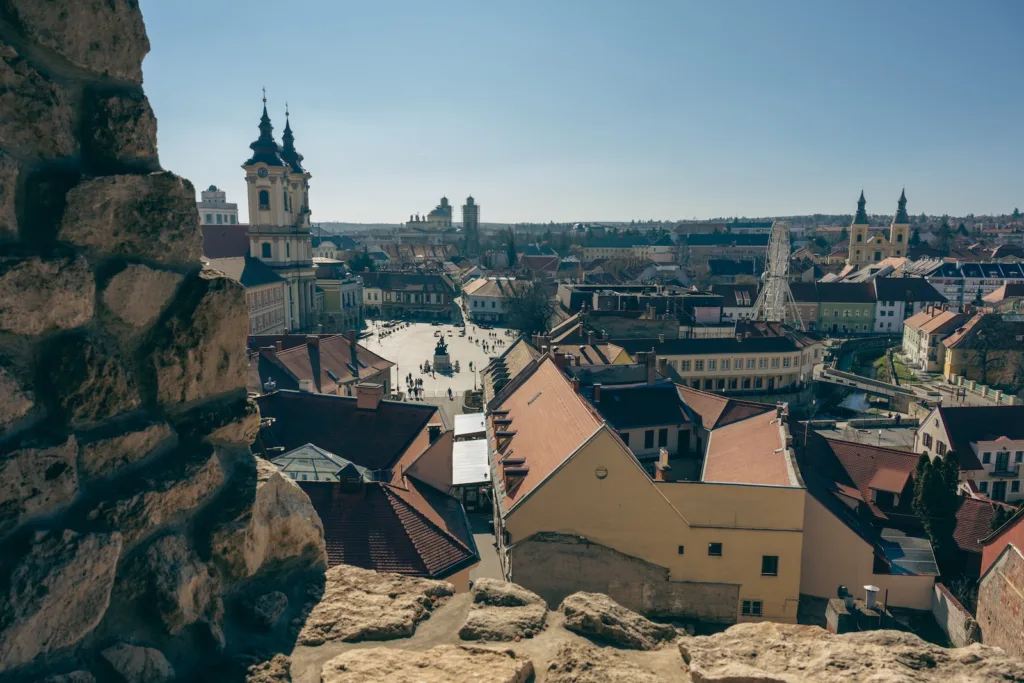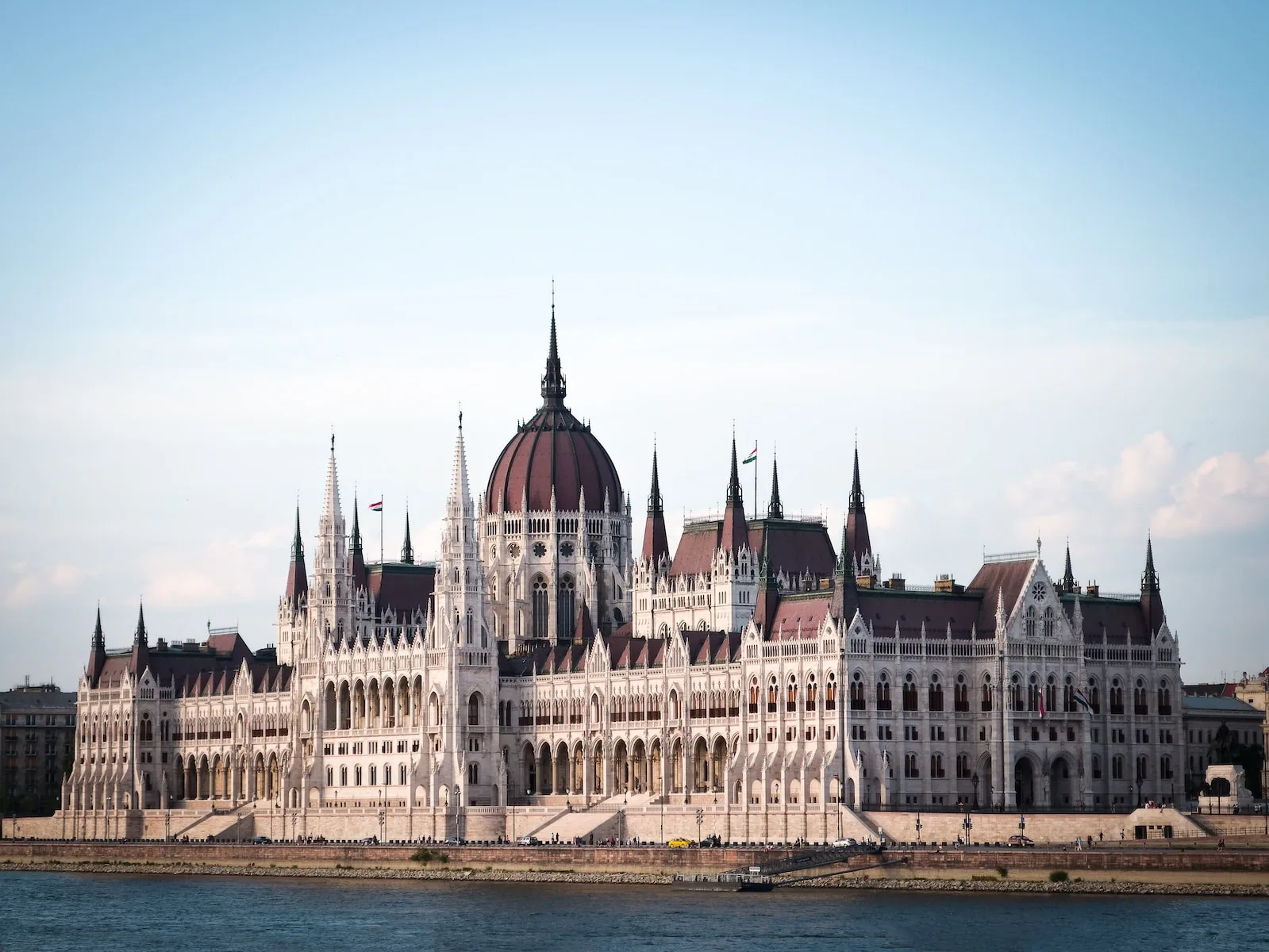Introduction to Hungarian Architectural Tapestry
Table of Contents
Hungary’s architectural heritage is a captivating amalgamation of diverse styles and influences woven through centuries of history. The country’s buildings narrate tales of triumphs, tragedies, and the resilience of its people. From ancient Roman remnants to contemporary structures, Hungarian architecture reflects a vibrant mosaic of design traditions.
Historical Evolution of Hungarian Architecture
Prehistoric and Roman Influence
Hungary’s architectural roots trace back to prehistoric times, with evidence of early settlements and Roman architectural remnants scattered across the land.
Medieval Period: Romanesque and Gothic Styles

The Middle Ages witnessed the emergence of Romanesque and Gothic architectural styles, evident in majestic churches and fortresses dotting the landscape.
Renaissance and Baroque Eras


The Renaissance and Baroque periods introduced ornate palaces and cathedrals, showcasing opulence and intricate detailing.
Art Nouveau and 20th-Century Modernism

The 20th century ushered in Art Nouveau and modernist movements, bringing innovative designs and functional aesthetics to the forefront.
Distinctive Features of Hungarian Architecture
Hungarian architecture is distinguished by its incorporation of folk elements, symbolic motifs, and the profound cultural significance embedded in every structure. The influence of renowned architects and artistic movements further shapes its uniqueness.
Use of Folk Elements and Ornaments
From vibrant patterns to intricate motifs, Hungarian architecture often incorporates folk elements that resonate with the nation’s cultural heritage.

Symbolism and Cultural Significance

Architectural elements in Hungary carry profound symbolic meanings, reflecting the nation’s history, beliefs, and aspirations.
Influence of Key Architects and Movements
Notable architects and diverse artistic movements have significantly contributed to the evolution and richness of Hungarian architecture.
Iconic Architectural Landmarks in Hungary
Hungary boasts a plethora of iconic architectural landmarks that stand as testaments to its rich heritage.
Budapest: Parliament Building and Buda Castle


The Parliament Building’s grandeur and Buda Castle’s historical significance showcase the architectural splendor of Budapest.
Eger: Eger Castle and Minaret


Eger’s architectural treasures, including the resilient Eger Castle and the striking Minaret, captivate visitors with their historical narratives.
Pécs: Early Christian Necropolis and Pécs Cathedral



The Early Christian Necropolis and Pécs Cathedral in Pécs are architectural marvels that showcase intricate craftsmanship and historical significance.
Influence of Architectural Styles in Contemporary Hungary
Contemporary Hungarian architecture gracefully blends traditional elements with modern designs, creating a captivating fusion that resonates with the present while honoring the past.
Revival of Traditional Elements
There is a noticeable resurgence of interest in reviving traditional architectural elements, preserving cultural identity amid modernization.
Integration of Modern Designs


Modern structures seamlessly integrate innovative designs, reflecting Hungary’s forward-looking approach while maintaining its architectural heritage.
The Role of Hungarian Architecture in Cultural Identity



Hungarian architecture serves as a pivotal aspect of the nation’s cultural identity, symbolizing resilience, creativity, and a sense of belonging.
Sustainability and Preservation Efforts
Efforts towards sustainable architectural practices and preservation initiatives ensure the conservation of Hungary’s architectural heritage for future generations.
Future Prospects and Innovations in Hungarian Architecture
The future of Hungarian architecture holds exciting prospects, with innovative trends and technologies paving the way for new design paradigms while honoring age-old traditions.
Conclusion
The architectural tapestry of Hungary is a testament to its rich history, cultural depth, and innovative spirit. Through a harmonious blend of tradition and modernity, Hungarian architecture stands as an enduring legacy, inviting admiration and awe from across the globe.
FAQs
- **What makes Hungarian architecture unique?
- Hungarian architecture is distinctive due to its incorporation of folk elements, symbolic motifs, and profound cultural significance embedded in every structure.
- **Which are the must-visit architectural landmarks in Hungary?
- Some iconic landmarks include the Parliament Building and Buda Castle in Budapest, Eger Castle in Eger, and Pécs Cathedral in Pécs.
- **How does contemporary Hungarian architecture balance tradition and modernity?
- Contemporary Hungarian architecture seamlessly integrates traditional elements with modern designs, preserving cultural identity while embracing innovation.
- **What role does sustainability play in preserving Hungary’s architectural heritage?
- Sustainability initiatives ensure the conservation of Hungary’s architectural treasures for future generations by adopting eco-friendly practices.
- **What can we expect from the future of Hungarian architecture?
- The future holds exciting prospects with innovative trends and technologies shaping new design paradigms while honoring age-old traditions.
